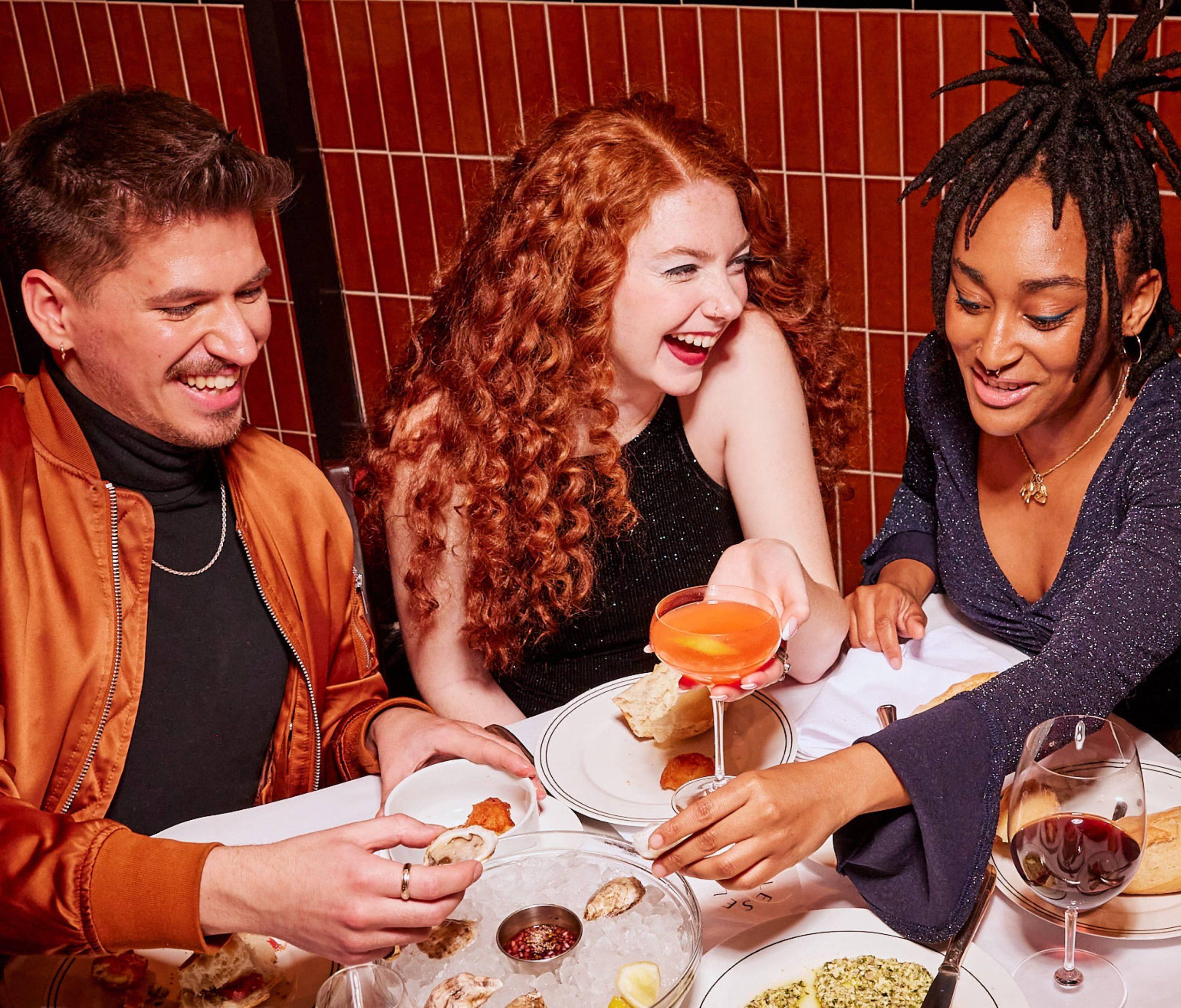After an incredibly tough year for Australia’s hospitality industry, 2021 will likely serve up similar challenges — and the beginning of an industry-wide recovery.
According to Restaurant & Catering Australia’s 2020 Industry Benchmarking Report, there are fears that restaurant closure rates may skyrocket as businesses report that one in three failed to turn any profit in the 2019-20 financial year. Potential pandemic outbreaks may continue to drive these fears, particularly through the first half of 2021, as vaccines continue to be rolled out.
But it’s not all doom and gloom. IBIS World predicts restaurant revenue will improve by around 5 per cent through 2021 as the recovery begins to gain pace. For many hospitality industry professionals, 2021 is shaping up as the year of the restaurant reset, as they look to tweak business models and open new revenue streams to support the recovery.
Here are four key restaurant trends we believe will define 2021…
More restaurants will embrace set menus and up-sells
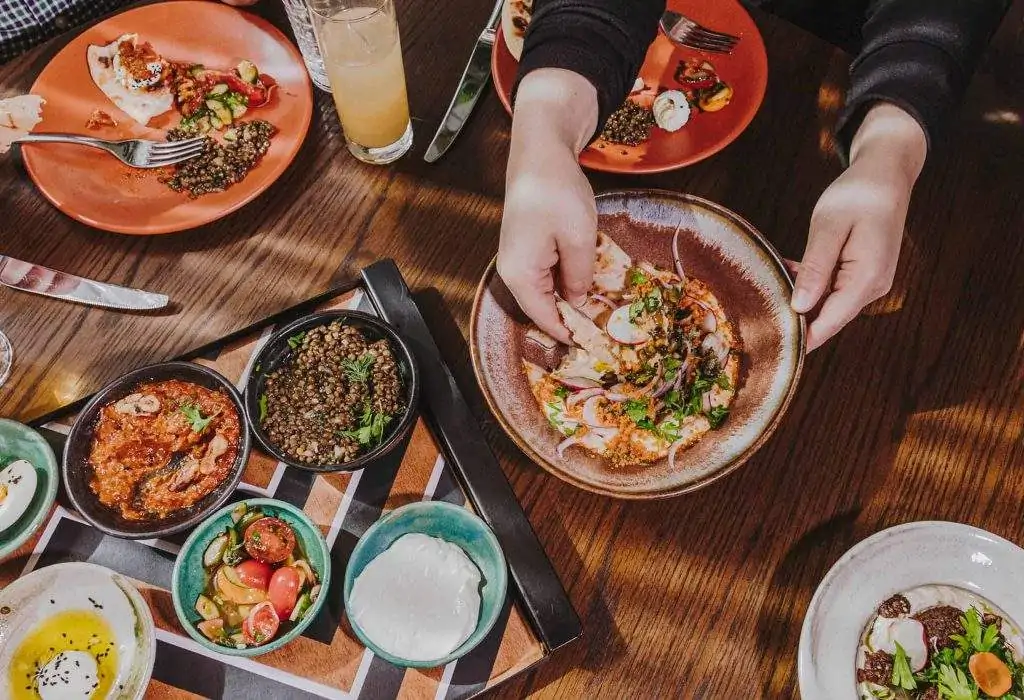
COVID-19 social distancing restrictions have severely reduced dining room capacities across the country. This is forcing restaurant owners to abandon existing business models and find new ways to stay afloat in a revenue-restricted environment.
Transitioning from à la carte to set menus is one way to control costs and increase spend per head in the new normal.
In a recent OpenTable webinar, Mary Randles from Brisbane fine-dining restaurant E’cco Bistro, explained why she has found success with a switch to set menus:
“We have a set menu at one price, and options to upgrade or supplement with extras. People are staying longer and playing longer. They don’t feel rushed and are spending more on beverage, and premium beverage in particular. I don’t think we’ll ever go back to à la carte.”
Shane Delia, director of Delia Group Restaurants, is following a similar strategy at his Layla eatery in Melbourne CBD:
“We have a range of up-sells around our set menus where guests can add courses. That has pushed our base spend from $160 up to $200, which has been valuable during COVID.”
If capacity restrictions persist, restaurants may need to turn over more diners to maintain or grow revenue. Attracting diners at non-traditional times (like mid-week, early and late shoulder dining periods) with new experiences such as brunch and high tea could be effective.
OpenTable can help you set up and start selling new experiences in minutes, and attract diners when they’re actively looking for unique dining options in your area.
Non-refundable minimum spends will help solve no-shows
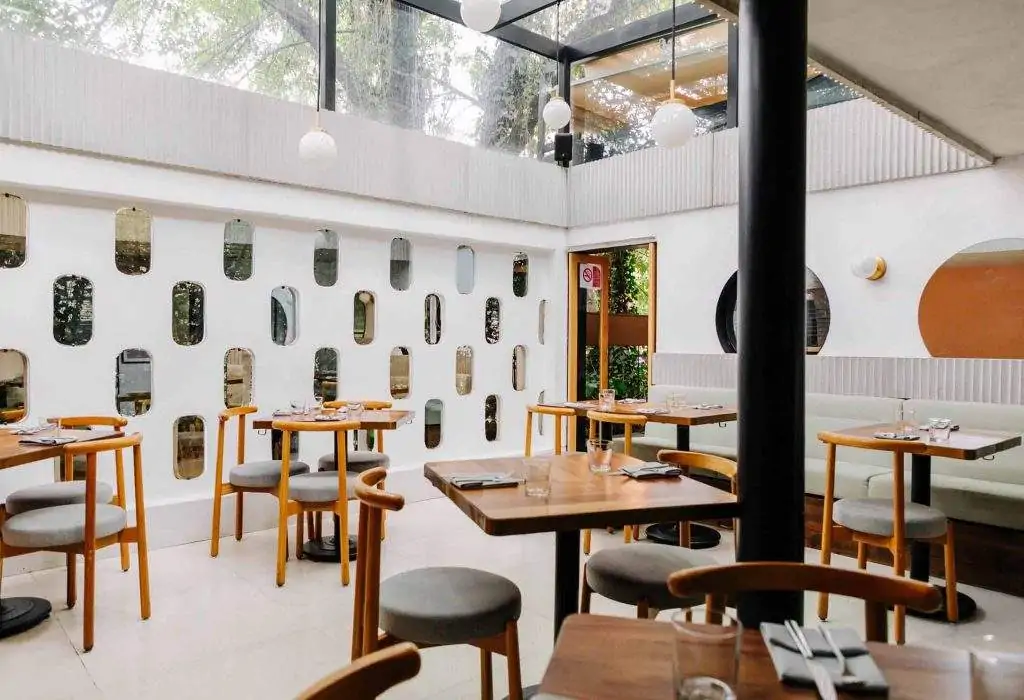
No-shows have always been a financial blow for restaurants, but they are particularly hard to tolerate with revenue currently stretched so thin. The COVID-19 reset presents an opportunity for restaurants to take action.
Wes Lambert, CEO of the Restaurant & Catering Industry Association, recently told OpenTable that he believes more restaurants will attempt to solve this problem in 2021 with non-refundable minimum spends charged when a reservation is not honoured:
“If I book a flight and don’t turn up, I don’t get my money back. If I reserve a hotel and I don’t turn up, I don’t get my money back. We’re conditioned as consumers that if I don’t turn up, I’m not going to get my money back.
“This is the wave of the future for restaurants. It is important that we’re not afraid as an industry to require diners to pay some kind of booking fee or penalty if they make a reservation and don’t show up.”
Restaurant owners will use multi-tasking to ease the staffing crisis
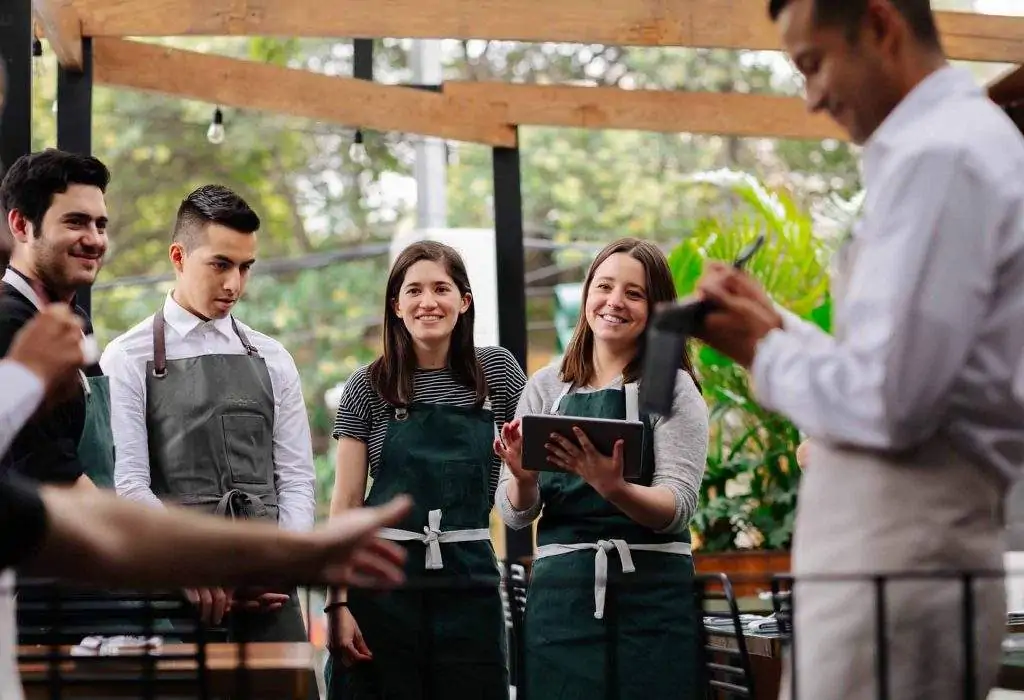
According to Statista, more than 270,000 hospitality jobs have been lost during COVID-19. But restaffing for the recovery in 2021 is proving particularly difficult.
This is because many of Australia’s more than 2 million temporary visa holders were not eligible for JobKeeper payments, and were encouraged to return to their home countries during the height of the pandemic.
With international borders still closed, those workers have not returned. This has left many restaurant owners unable to find appropriate staff, and scrambling to restructure their businesses.
Randles told OpenTable that her front-of-house managers are multi-tasking, including waiting on tables, to help ease the staffing crisis. And Michelle Grand-Milkovic from Sydney’s love.fish said she is back working at front of house in 2021 to help pick up the slack:
“The situation is quite dire in Sydney. We had about 35 staff and out of those only seven qualified for JobKeeper.”
In 2021, more restaurant owners will leverage restaurant management technology like OpenTable to automate their operations as much as possible, quickly train new staff, and use customer data to maintain great customer service with fewer staff on the floor.
Paul Campbell from Elio’s Osteria says OpenTable saves him around 20 hours per week by automating key processes:
“OpenTable has cut down the number of staff I need to answer phones and reduced the number of enquiry emails from 300 per week to less than five. OpenTable also enables us to trim table booking times to get more table turns, and significantly contributed to us increasing our turnover by 11 per cent last financial year.”
“New staff can use OpenTable within three minutes of starting, and the monthly summaries it sends me and my crew, act as an easy benchmarking system to test and measure our performance.”
In-home fine dining will open a new revenue stream
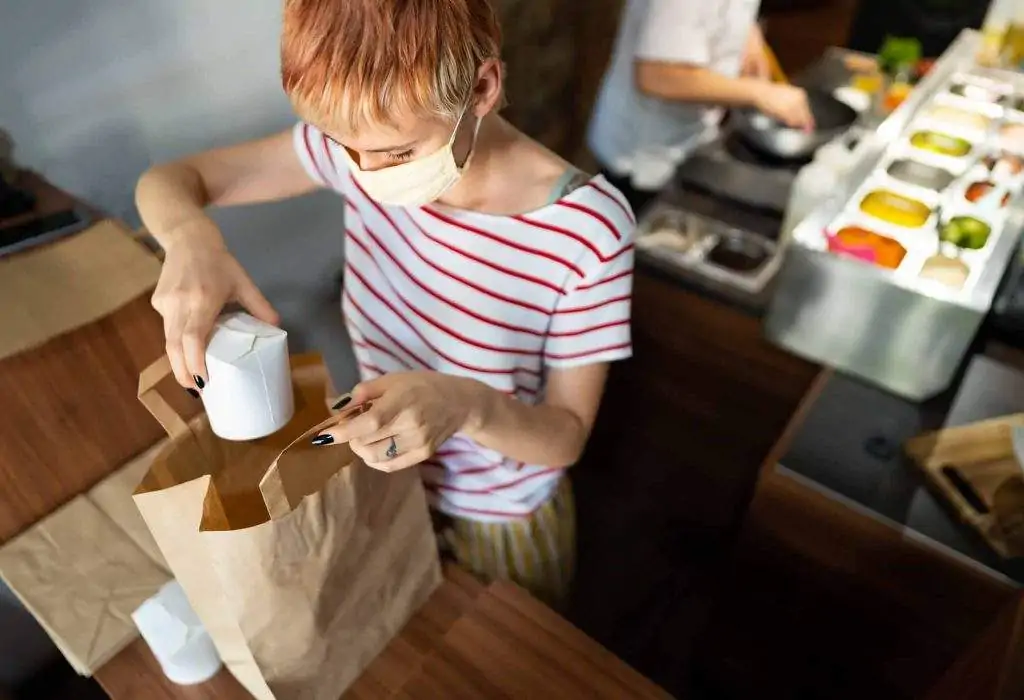
Many restaurants established new takeaway and delivery options in 2020 to continue to serve diners unable or unwilling to attend venues. Some restaurants will take this a step further in 2021 with the rise of in-home fine dining experiences.
In 2020, Delai helped launch Providoor — a new online platform that connects Victorian consumers with chefs to create at-home fine dining experiences. He told OpenTable that Providoor generated just over $32 million in revenue within its first six months of operation.
Delia said the idea stemmed from his own need to create a new revenue stream with in-home dining:
“We want to be able to connect with our diners outside of our bricks and mortar because the walls are a lot smaller now. Restaurants can’t be one dimensional any more. We have to future proof ourselves.”
Randles also reported a lucrative upswing in demand for small-group in-home dining through her Philip Johnson Catering business:
“We’re getting a lot more bookings from smaller groups who are happy to pay up to 50 per cent more than what we’ve charged in the past to have dinner for friends and family at home.”
While it’s likely 2021 will be another difficult year in the restaurant business, there is a light at the end of the tunnel.
The COVID-19 reset is an opportunity for restaurant owners to future-proof their business models with a move to set menus, non-refundable minimum spends, staffing restructures and new revenue streams.
A full recovery may take some time, but 2021 is the year to build the foundations for long-term success.
